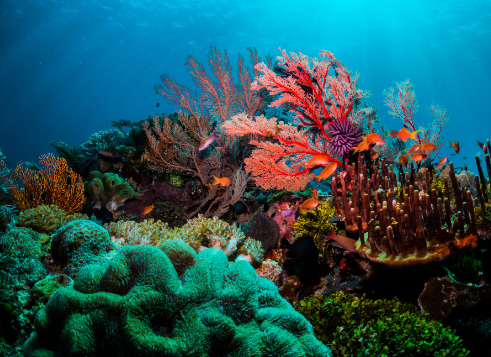
There are many types of pole shift evidence, but coral is one of the easiest to understand. Coral grows on the beds of shallow, tropical oceans in a band around the equator. It must have a certain minimum temperature in its region, any colder than that and it dies. It has to be underwater, but close enough to the surface for sunlight. So we know for certain no matter where we find coral remains that once upon a time that spot was within the first 200 feet below sea level and within about 30 degrees of the equator.
Even so, bands of ancient coral criss cross the globe like so many ancient equators. As I wrote years ago for Ancient Origins: “Charles Hapgood (author of Earth’s Shifting Crust) tells us there is even ‘evidence of warm coralline seas stretching right across Antarctica.’ He cited coral expert Ting Ying H. Ma of the University of Fukien. After studying corals in Alaska, Spitzbergen, and Antarctica, Dr. Ma concluded that many total displacements of the entire outer crust of the earth must have taken place. In Ma’s words, the coral evidence he found could only be explained by ‘the sudden sliding of the solid earth shell over the liquid core’ leading to ‘a sudden change in latitudinal positions.'”
One example more easily accessible to most Americans is the Coralville Dam in Iowa, where fossilized coral is so common and obvious that they named the place after the coral. Currently Coralville is at an elevation of 682 feet above sea level and about 42 degrees North latitude. Before the last pole shift it was approximately 72 degrees north, well above the Arctic Circle as it existed before the last pole shift at the end of the Pleistocene. But at some point long before that, it was at least 50 degrees farther south, in the tropics – and approximately 800 feet lower, as it had to be a bit below sea level for the coral to live there.
